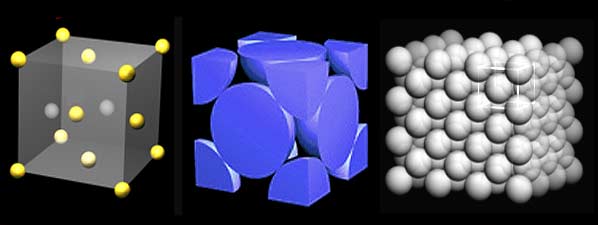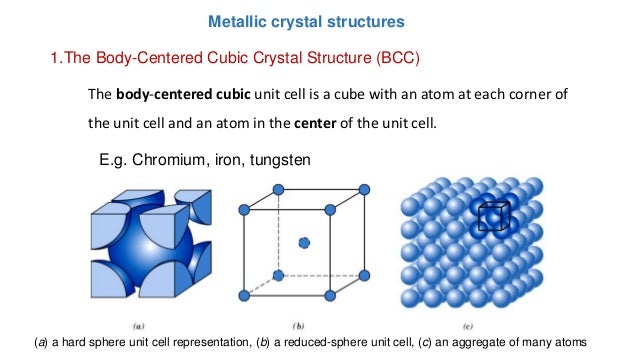
These hexagonal CuInS 2 nanoparticles are believed to be single crystals with an ordered sulfur sublattice, but it has not been established whether the Cu and In atoms are randomly distributed or ordered (it should be noted that the words lattice and structure are used differently by the physics and crystallography community we use the physics terminology where lattice is a mathematical abstraction).įrom theory, ordered cations are favoured over random distributions of cations according to the Grimm–Sommerfeld (GS) or valence-octet rule 6, which has been confirmed by density functional theory (DFT) calculations for bulk cubic I-III-VI 2 7, 8 and related quaternary materials 9.

Some methods of synthesis, however, yield nanoparticles that have a hexagonal structure, the wurtzite analogue of chalcopyrite 1, 3, 4, 5. They often have the chalcopyrite structure of bulk CuInS 2, that is, a zinc-blende structure in which Cu and In share the cation sublattice 1, 2. We discovered the novel crystalline structures during an investigation of CuInS 2 semiconductor nanoparticles that are actively studied for solar energy harvesting and other applications 1, 2, 3, 4, 5. Interlacing has minimal effect on electronic properties, but should strongly reduce phonon transport, making interlaced crystals attractive for thermoelectric applications. Interlacing is possible in multi-cation tetrahedrally bonded compound with an average of two electrons per bond. We call this form of crystalline order ‘interlaced crystals’ and present the example of hexagonal CuInS 2.

Partitioning into domains and phases is not unique the corresponding boundaries have no structural defects or strain and entail no energy cost. Here we report the synthesis and characterisation of ternary nanoparticles (two cations and one anion) that exhibit a new form of crystalline order: an uninterrupted, perfect, global Bravais lattice, in which the two cations exhibit a wide array of distinct ordering patterns within the cation sublattice, forming interlaced domains and phases. The search for optimal thermoelectric materials aims for structures in which the crystalline order is disrupted to lower the thermal conductivity without degradation of the electron conductivity.


 0 kommentar(er)
0 kommentar(er)
